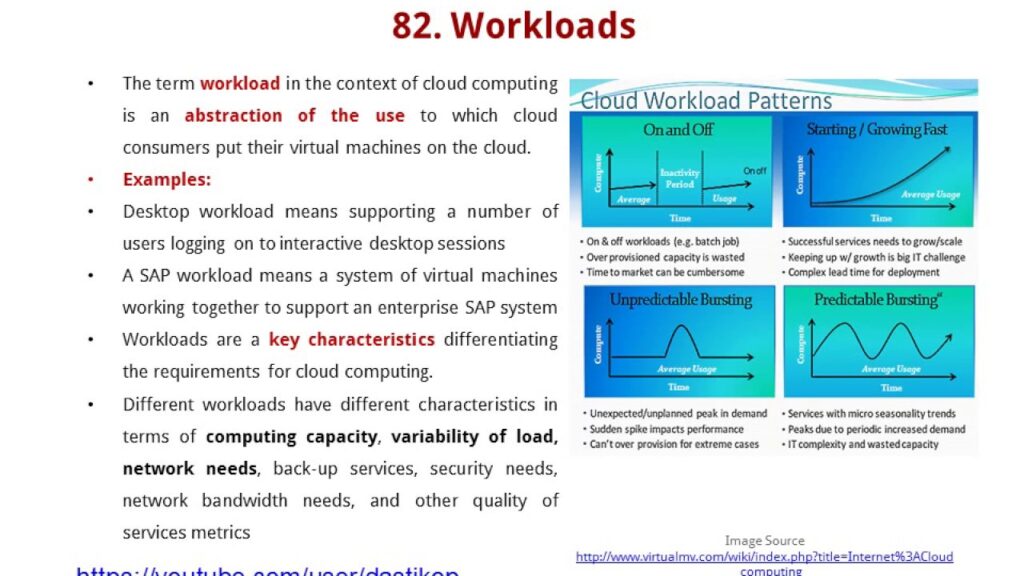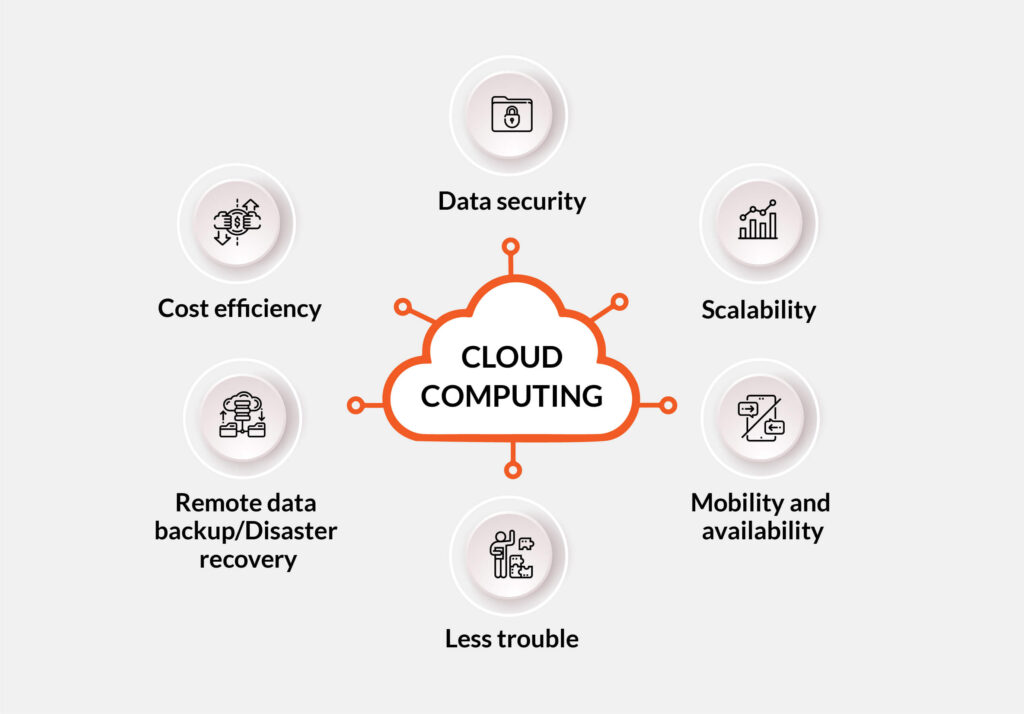As the world becomes increasingly digitally focused, businesses of all sizes are recognizing the benefits of cloud computing. Cloud computing allows companies to store and access data and applications remotely, without the need for physical servers or equipment. This not only saves on costs, but it also provides increased flexibility and scalability, making it easier for businesses to adapt to changing needs and demands.
However, implementing cloud computing is not always an easy task. There are many different options and considerations to take into account, from selecting the right provider to ensuring security and compliance. In this article, we will explore the key steps involved in implementing cloud computing, and provide guidance on how to do so successfully. Whether you are a small business owner or an IT professional, this guide will provide you with the knowledge and tools you need to get started with cloud computing.

What is Cloud Computing?
Cloud computing is a type of computing that relies on shared computing resources instead of having local servers or personal devices to handle applications. This type of computing provides scalability, flexibility, and cost savings for businesses. It allows businesses to quickly scale up and down to meet changing needs and demands. Additionally, cloud computing can provide a secure environment for data storage and access.
How to Implement Cloud Computing?
Implementing cloud computing can be a daunting task, but there are a few steps that businesses can take to ensure a successful transition.
Step 1: Assess Your Current Infrastructure
Before making the leap to cloud computing, businesses should assess their current infrastructure. This will allow businesses to identify any weaknesses or areas of improvement that need to be addressed before migrating to the cloud. Additionally, assessing the current infrastructure will help businesses identify the cloud computing solution that best meets their needs.
Step 2: Identify the Cloud Computing Solution
Once businesses have assessed their current infrastructure and identified any areas of improvement, they can then begin to identify the cloud computing solution that best meets their needs. This will involve researching different cloud computing solutions and understanding their features and benefits. Additionally, businesses should consider the cost associated with the different cloud computing solutions and determine the one that provides the most value.
Step 3: Design the Cloud Computing Architecture
Once the cloud computing solution has been identified, businesses should then begin to design a cloud computing architecture. This will involve determining the type of cloud computing solution that is best suited to their needs and designing the architecture that will ensure the highest level of performance. Additionally, businesses should consider the security measures that need to be implemented and ensure that the architecture meets their security requirements.
Step 4: Implement the Cloud Computing Solution
Once the cloud computing architecture has been designed, businesses can then begin to implement the cloud computing solution. This will involve deploying the cloud computing solution and ensuring that it meets the businesses’ requirements. Additionally, businesses should also ensure that the cloud computing solution is properly configured and that any security measures are in place.
Step 5: Monitor and Manage the Cloud Computing Solution
Once the cloud computing solution has been implemented, businesses should then begin to monitor and manage the solution. This will involve monitoring the performance of the solution and addressing any issues that arise. Additionally, businesses should also regularly review their cloud computing solution to ensure that it is still meeting their needs.
Frequently Asked Questions
Cloud computing involves the delivery of computing services—including servers, storage, databases, networking, software, analytics, and intelligence—over the Internet (“the cloud”) to offer faster innovation, flexible resources, and economies of scale.
What is Cloud Computing?
Cloud computing is a method of delivering various services, such as servers, storage, databases, networking, software, analytics and intelligence, over the Internet. It allows businesses to access and use computer resources without having to buy and install the hardware, software, and associated services they need. The cloud provides organisations with the ability to access computing resources on demand, allowing them to quickly and easily scale their operations as needed.
How is Cloud Computing Implemented?
Cloud computing is typically implemented through the use of cloud service providers. These providers offer a wide range of services, from basic infrastructure such as servers and storage, to more comprehensive offerings such as analytics and machine learning. These services are usually offered on a pay-as-you-go basis, allowing organisations to only pay for the resources they use. Additionally, cloud providers often offer additional features such as security and compliance, which can help organisations ensure their data is safe and secure.
What are the Benefits of Cloud Computing?
Cloud computing offers numerous benefits to organisations, such as reduced costs, improved scalability, and increased agility. The pay-as-you-go model of cloud services can significantly reduce an organisation’s capital expenditure, as they only need to pay for the resources they use. Additionally, cloud computing allows organisations to quickly and easily scale their operations up or down as needed, allowing them to quickly respond to changing demand.
What are the Challenges of Cloud Computing?
Although cloud computing offers numerous benefits, it also presents some challenges. Security is a major challenge for cloud computing, as organisations need to ensure that their data is protected from malicious actors. Additionally, organisations need to ensure that their cloud solutions are compliant with any applicable regulations or laws. Finally, organisations need to carefully evaluate their existing architecture and processes to ensure that they are compatible with cloud solutions.
What is the Future of Cloud Computing?
The future of cloud computing looks very bright. As organisations of all sizes continue to look for ways to reduce costs and increase agility, cloud computing will become increasingly popular. Additionally, cloud providers are continuously developing new innovations, such as artificial intelligence, machine learning, and Internet of Things (IoT) solutions, which will further expand the capabilities of cloud computing.

In conclusion, implementing cloud computing can be a daunting task for businesses. However, with careful planning, thorough research, and the right expertise, it can be a game-changer for your organization. Cloud computing can help businesses achieve greater efficiency, flexibility, and scalability, while also reducing costs and improving security.
Therefore, it is important to take the time to assess your business needs and determine the best approach for implementing cloud computing. Whether you choose to migrate to the cloud gradually or all at once, make sure you work with a reputable provider and have a solid plan in place. With the right strategy and execution, cloud computing can help your business achieve greater success and stay ahead of the competition in today’s digital landscape.



